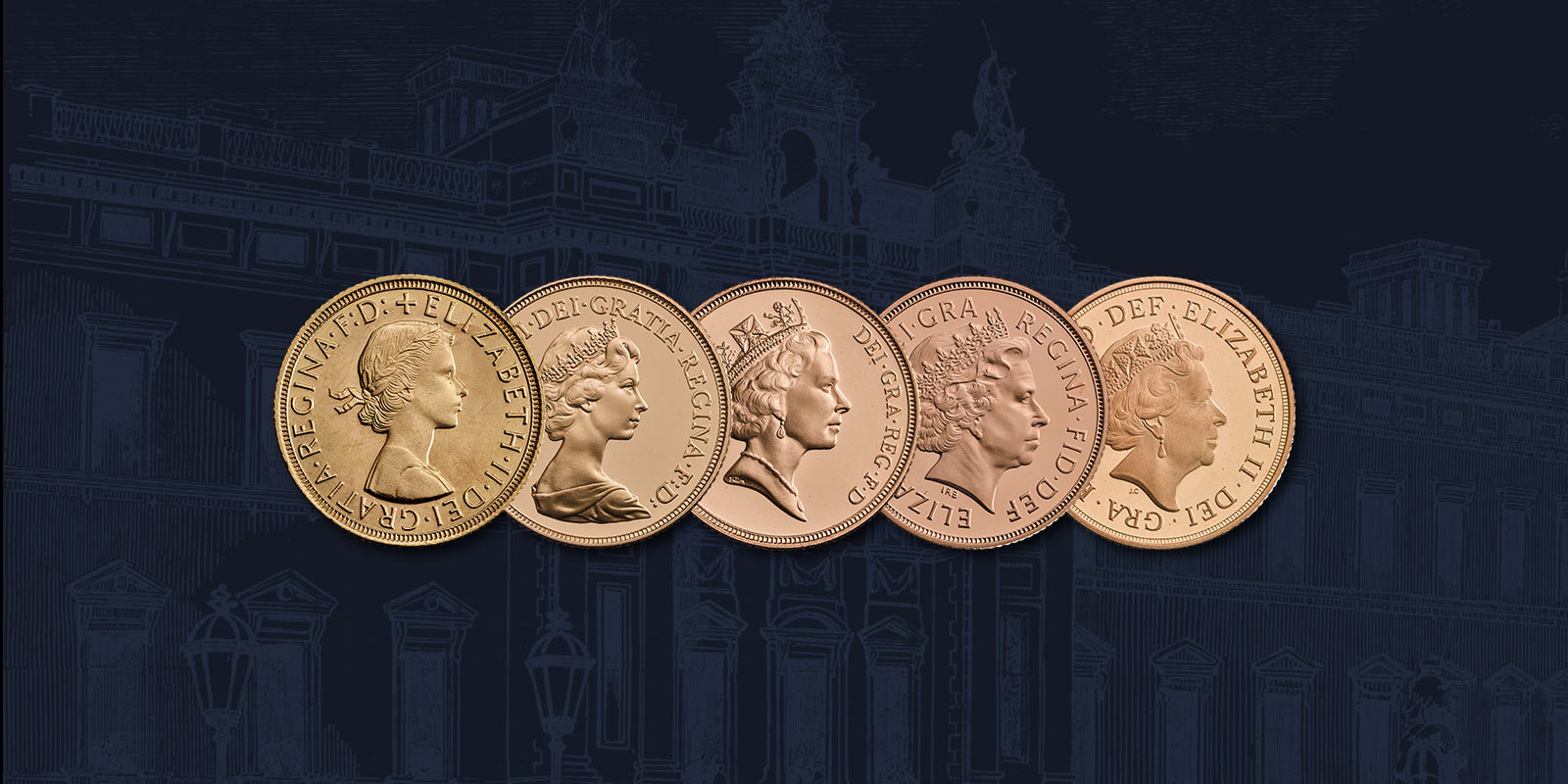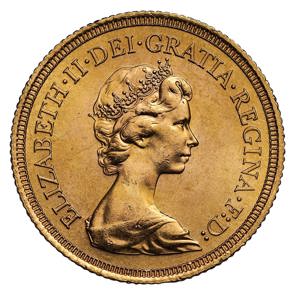Her Majesty The Queen came to the throne in 1952 and was crowned in 1953. Her coronation was a sparkling moment for Britain and the Commonwealth, beginning a new Elizabethan era that would see the whole world change on a monumental scale. Hers has been a time of breakthroughs and achievements in technology, society, culture, science and more. And, just as we have for every British monarch over more than 1,100 years, The Royal Mint has struck coins to mark many of the milestones. Coins, as ever, tell the story of the United Kingdom and its Head of State, particularly the coin most associated with the monarch, The Sovereign. Here are just a few of the landmarks along the way:

















The Five Portraits of Her Majesty

1967 Queen Elizabeth II Sovereign
Extremely Fine Condition
Price: £630.00
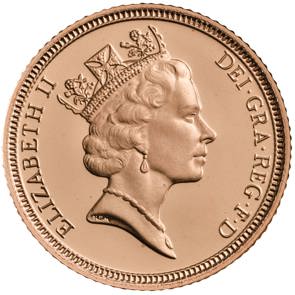
The Half-Sovereign 1995
Proof
Price: £420.00
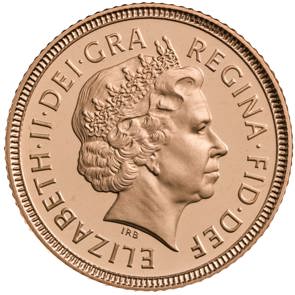
The Half-Sovereign 1999
Proof
Price: £420.00
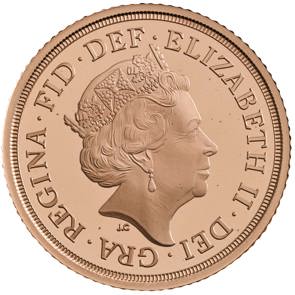
The Half-Sovereign 2018
Proof
Price: £395.00
YOU MIGHT ALSO LIKE

Queen Elizabeth II Sovereign
Find Out More
SELECTED HISTORIC COINS
Find Out More
Historic Portraiture
Find Out More
